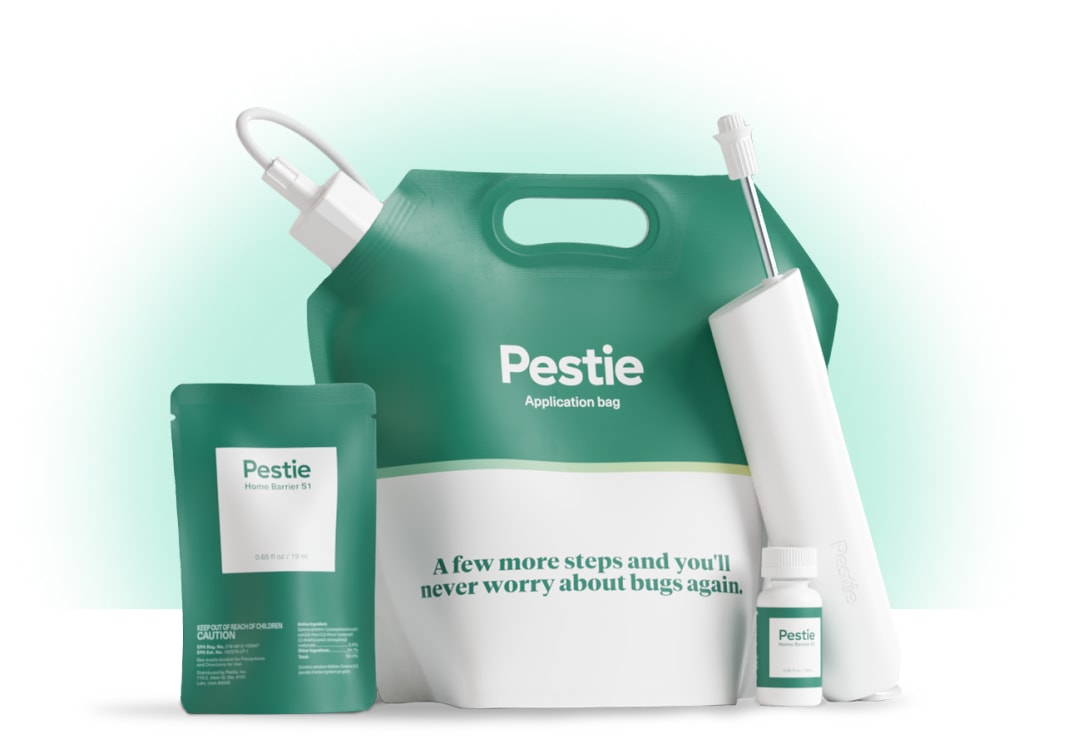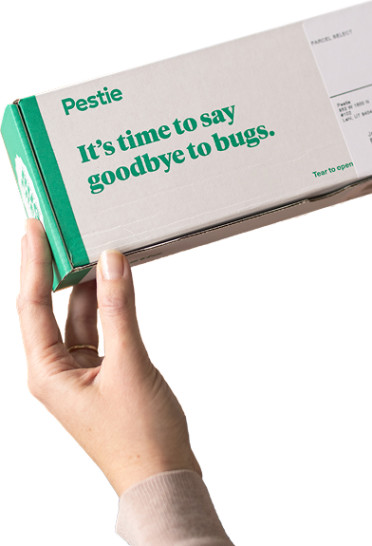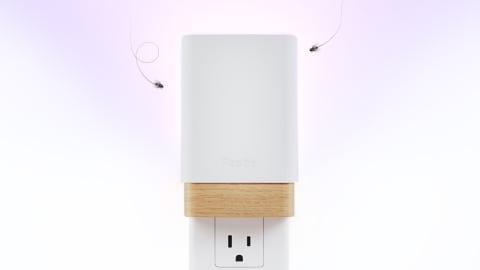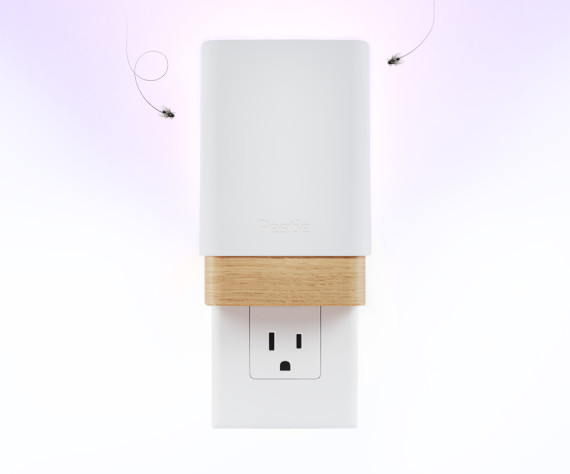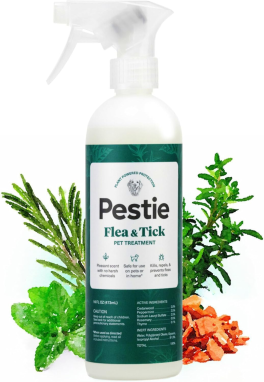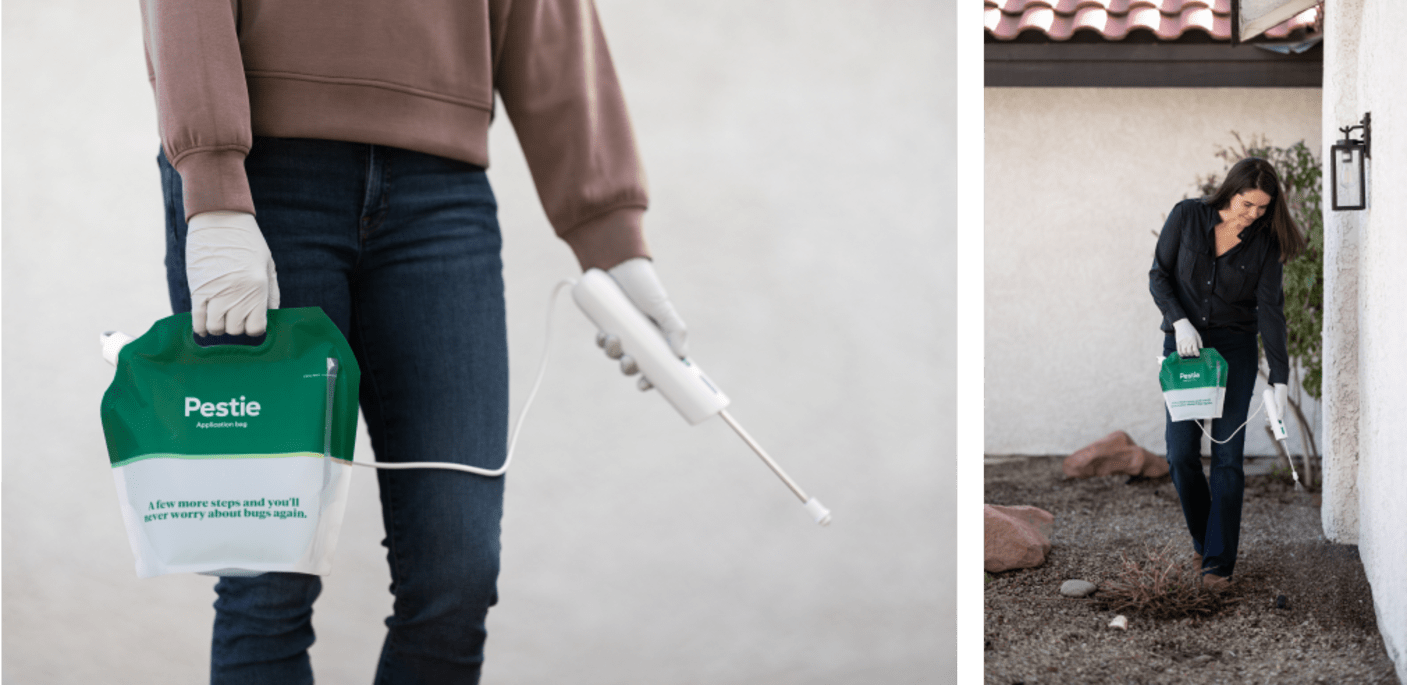How to identify and get rid of millipedes
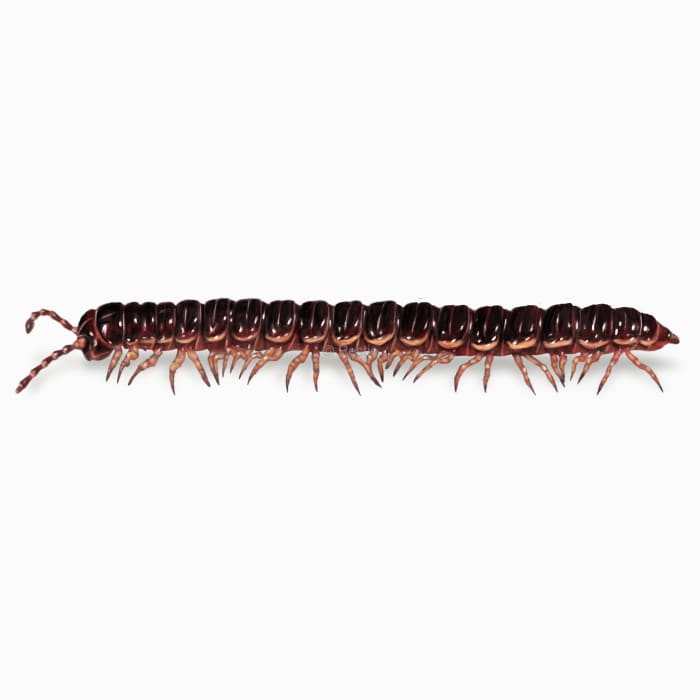
Identifying and managing millipede infestations
While they may not technically have a thousand legs, millipedes are interesting creatures that can sometimes wander into our homes. Millipedes are arthropods that are closer related to centipedes than insects.
These slow-moving critters eat decaying and rotting plant material and prefer to crawl under leaf litter and mulch, but may find themselves in your dark and damp basement. They need high humidity and moisture to thrive.
Even though their name means “a thousand feet”, millipedes only have a few hundred legs. Unlike their venomous centipede cousins, millipedes don’t bite or sting and can secrete a defensive chemical from their body when disturbed or attacked. Other than that, they are not aggressive at all, preferring to munch on dead plants.
How to identify millipedes
Millipedes are known for having lots of legs along their long and round bodies. Each body segment only holds two pairs of legs, and they usually have fewer than 100 legs. They often have short antennae and can vary from deep orange to brown and black.
They are slow-moving and can spiral their body around to protect themselves when attacked.
How big are millipedes?
Millipedes can range from ¾ to 4 inches in length.
What other pests look like a millipede?
Millipedes closely resemble other arthropods including centipedes, sow bugs, and pill bugs. Millipedes are the only ones that have two pairs of legs per body segment, which varies between 25-100 segments. Also, their bodies are round, whereas a centipede is usually flatter.
Additionally, centipedes can sting whereas millipedes are harmless.
Where pill bugs curl into a ball, millipedes curl into a spiral.
Where do millipedes live?
Millipedes can be found all over the world and often live in forest habitats where they can burrow under leaf litter, in dead wood, or the soil and eat decaying plant materials. They thrive in humid and moist areas and burrow down into the soil to hide.
Inside your home, they can be found in basements, garages, and crawl spaces. It is common to see more millipedes inside when the weather is hot and dry outside.
How to get rid of millipedes
Millipedes aren’t usually a big concern when you see them in your home, and they pose little to no risk to humans. However, it can be a nuisance to find any kind of pest in your home and prevention is the key to keeping millipedes out.
Removing any leaf debris, rotten firewood, or hiding spots around your home can reduce the chances of millipedes making their way inside. Additionally, you can spray a perimeter barrier treatment to deter millipedes or other pests from venturing into your home. Check out Pestie’s DIY, pro-grade solution for an easier way to protect your home from outside pests.
Treat millipedes with Pestie
If you're still having trouble keeping millipedes away, the best option is to use a pro-grade, effective pest control solution like Pestie.
Pestie is a do-it-yourself pest control solution that's specially designed to keep millipedes and other pests away from your home.
With Pestie, you can rest easy knowing that your living space is protected and free of creepy crawlies. And the best part? It's designed for people, pets, and the planet, so you can say goodbye to harsh chemicals and hello to peace of mind!
- Save hundreds compared to traditional annual pest plans
- People, pet, and planet-friendly
- Pro-grade customized formulas
Quick facts
- Scientific name
Class: Diplopoda
- Other common names
Thousand Leggers, Garden Millipedes
- Colors
Deep orange, brown, black
- Life span
In captivity, they can live up to ten years
- Diet
Dead and decaying plants
How dangerous are Millipedes?
Low danger risk
Millipedes are not aggressive and are relatively harmless. Unlike venomous centipedes, they can’t bite and don’t have a stinger. If they are disturbed or attacked, they curl up and secrete a nasty chemical that can cause irritations or burning of the skin.
That being said, millipedes are often bought and sold as pets. These pet millipedes are safe to handle.
